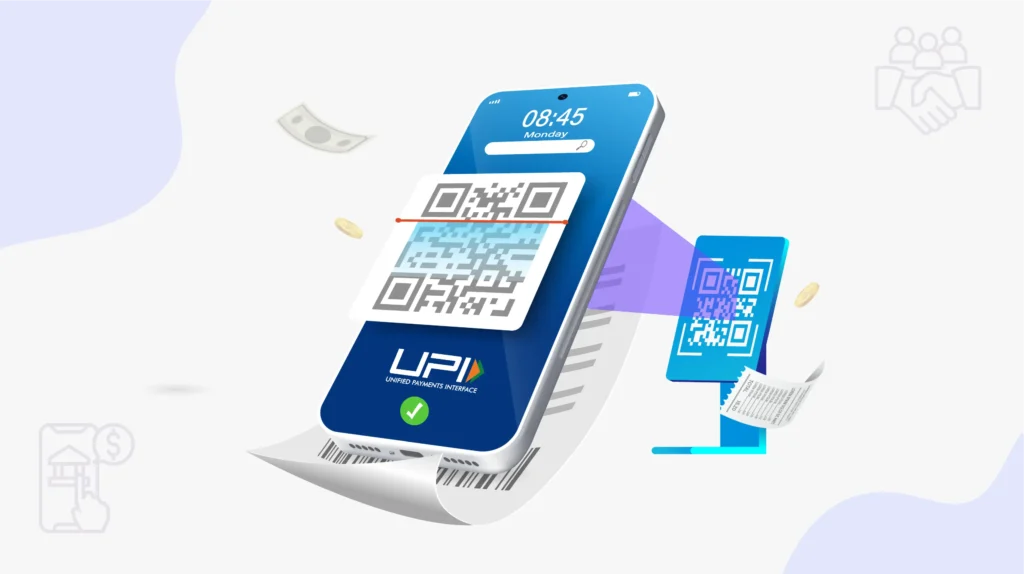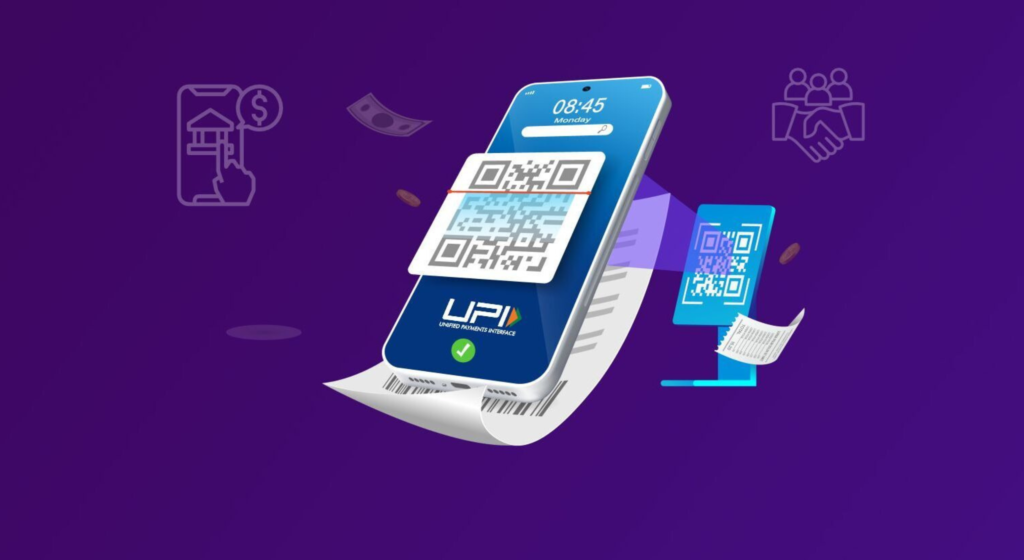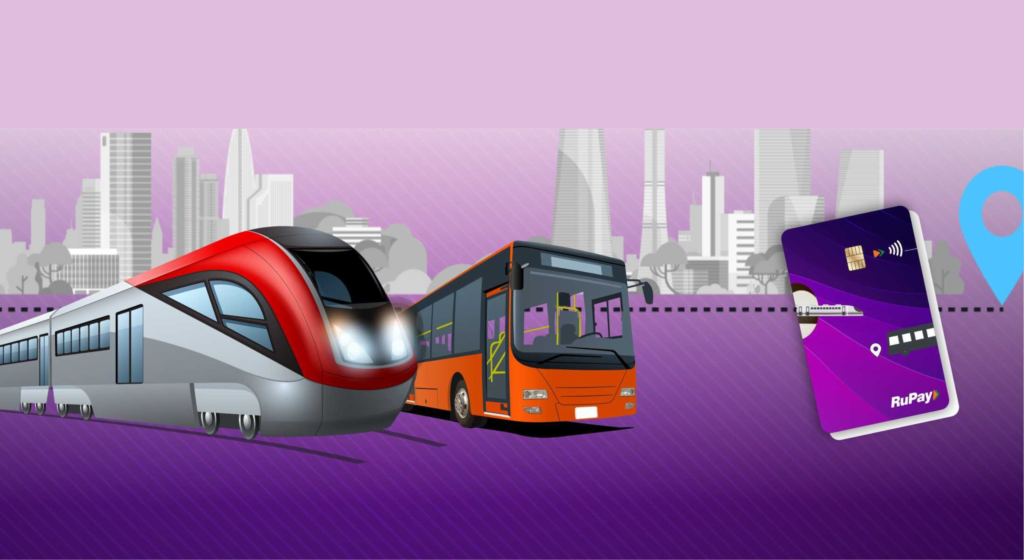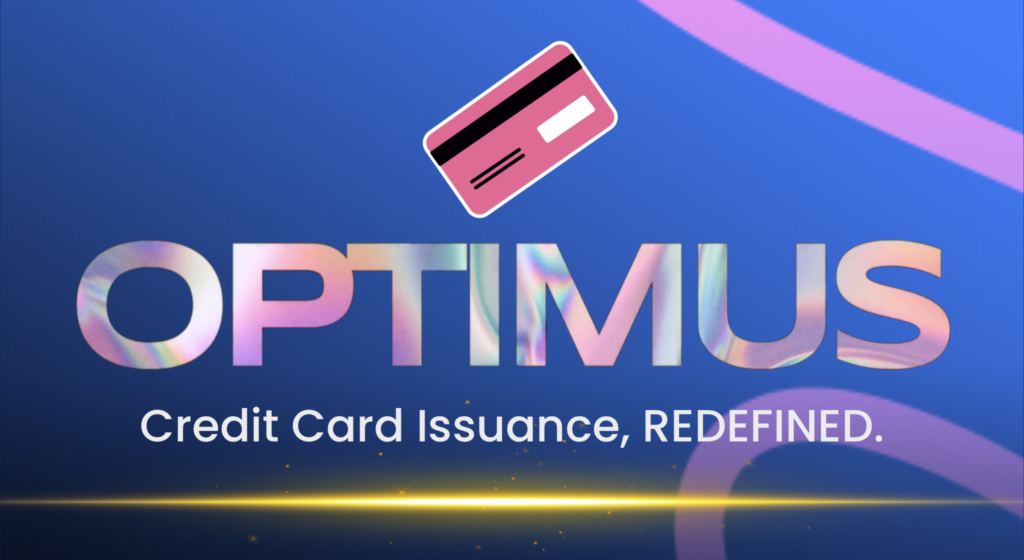Credit Line on UPI: A New Opportunity for Issuer Banks

Home / Blogs Table of contents What is Credit Line on UPI? Key Features Benefits for Banks Challenges for Banks Strategic Importance for Issuer Banks Conclusion The Unified Payments Interface (UPI) has transformed India’s digital payments landscape, and the introduction of Credit Line on UPI brings an exciting opportunity for banks to offer credit directly […]
The Future of Credit Card Transactions in India: Embracing the Contactless Revolution

Home / Blogs Table of contents The Benefits of Contactless Payments The Future Outlook Conclusion As India advances in its digital transformation journey, the payments landscape is rapidly evolving. Over the past decade, driven by smartphones and government initiatives like Digital India, the financial ecosystem has seen significant shifts. One of the most notable changes […]
Revolutionising Credit Offerings Through Credit Line on UPI

Home / Blogs Table of contents Introduction For the banks.. Our Credit Line Management System What’s more Going live in 3 simple steps! Conclusion UPI has emerged as India’s preferred payment method, constituting >75%* of the nation’s digital payment by volume. So far, UPI transactions were supported by various funding accounts like savings accounts, overdraft […]
Revolutionising Transit within India: Pure NCMC Cards for Effortless Mobility

Home / Blogs Table of contents Introduction Streamlining Travel Payments with Stand-alone NCMC Cards Effortless Payment Process with Pure NCMC Cards Transforming Travel with Pure NCMC Cards In India, where millions rely on public transportation for their daily commute, the introduction of the Pure National Common Mobility Card (NCMC) is a game-changer. The Pure NCMC […]
CARD91 introduces Optimus – Credit Card Issuance: REDEFINED

Home / Blogs Table of contents Introduction Regulatory Compliance and Modernity Configurable Credit Programs Customised Rewards Digital-First Approach Conclusion In today’s ever-evolving financial landscape, optimising credit card management processes is imperative for sustained growth and regulatory compliance. That’s why I’m excited to introduce Optimus – an advanced credit card tech stack meticulously developed by CARD91. […]
New to Credit – A millennial’s wishlist from Credit Cards

Home / Blogs Table of contents Introduction Instant Card Issuance Credit Card on UPI Reward Programs for Online Shopping Low Forex Markup for International Travel Travel Rewards for International or Domestic Trips Local Lifestyle Perks Financial Management Tools Customised Offers Gamified Rewards Language and Regional Support Student-focused Features Flexible Credit Limits Green Initiatives Collaborations […]
Unveiling the Potential of Credit Cards on UPI: Redefining Convenience and Reach

Home / Blogs Table of contents Introduction How Credit Cards and UPI Work Together The Impact: Making Payments Accessible to All How Credit Cards on UPI are Changing the Game Focus on User Experience Conclusion In the fast-changing world of digital payments, a novel payment method – Credit Card on UPI (Unified Payments […]
Digital Payments: Revolutionising India’s Financial Landscape

India has experienced a remarkable evolution in its digital payment landscape in recent years. The swift proliferation of smartphones, internet connectivity, and government initiatives such as Digital India, Unified Payments Interface (UPI) NEFT/IMPS, Prepaid Cards/Wallets/Contactless Payments, e-RUPI, CBDC, AEPS, Open Banking/API Integration has significantly contributed to the expansion of digital payment methods throughout the nation. […]
What are the new RBI norms with regard to recurring card payments? – All you need to know

Have you recently started receiving mails/SMS from various banks and service providers asking to re-register your e-mandates for automated payments such as OTT, newspaper subscriptions, etc?. This is because of the new RBI guidelines with regard to recurring transactions, coming into force from October 1, 2021. What are these new RBI norms? In […]
Embedded Finance: Changing the landscape of Financial Industry

In today’s tech savvy world, customers want everything at the right time in the right quantity with minimal efforts and a seamless experience. Every Service provider is trying to provide financial products at the fingertip of the customer. This is a game changing opportunity for fintech to offer the unique, agile and ease to use […]



